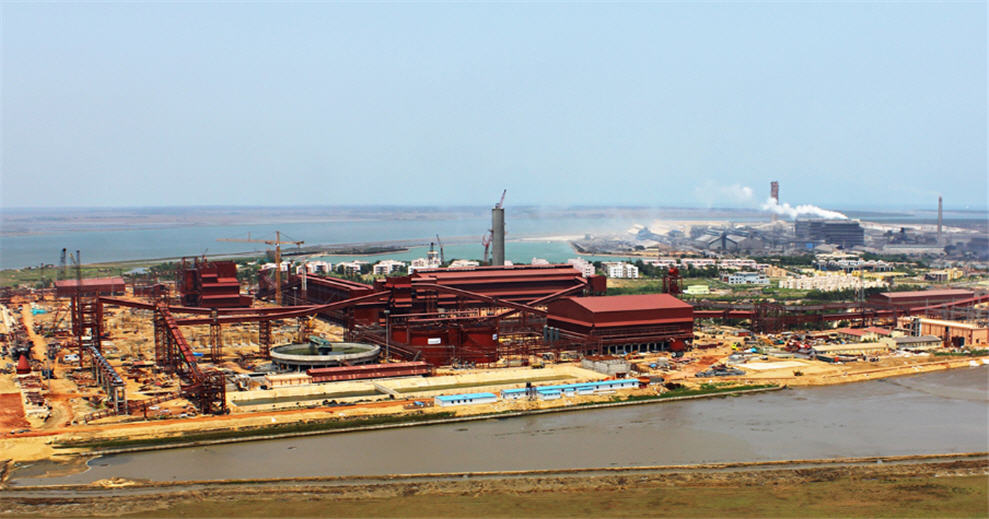
India is on track to produce the most iron ore in nine years as independent miners extract more of the steel-making raw material before the expiry of their leases next year.
The country is set to produce as much as 210 million metric tons in the financial year ending March 31, R.K. Sharma, secretary general at the Federation of Indian Mineral Industries, said in a phone interview from New Delhi. That would make it the highest output since 2009-10, when it produced 219 million tons.
India could be a “big story” for steel and iron ore this year with the rise in imports in 2018 being the start of a long-term structural trend rather than a one-off blip
Iron ore output is set to cross 200 million tons for the second straight year as the country’s growth drives demand for steel and producers rush to expand plants. Independent miners, or those without their own mills and who sell their output in the market, are also ramping up production ahead of a 2020 deadline to hand back their mines to the government for re-auctioning under India’s new mining policy.
“We are still analyzing what will happen after 2020,” Sharma said.
India in 2015 embraced competitive auctions as the best long-term approach to clamp down on corruption after bruising scandals over discretionary or free allotments of mines. The Indian Bureau of Mines has compiled a list of 288 iron ore, bauxite, limestone and manganese mines whose permits expire in March 2020 and the government has asked states to start auctions for these by July 1, 2019.
Global companies including Fortescue Metals Group Ltd. are keeping an eye on India’s growing potential as a rising consumer of the mineral. Lack of adequate logistics has meant that steel mills in India, set to emerge as the biggest producer of the metal after China, have increasingly been relying on overseas supplies of the raw material.
Imports in the eight months to November more than doubled to 10 million tons from a year earlier, surpassing the 8.7 million tons bought in 2017-18, according to the nation’s trade ministry. That’s shy of the record 12 million tons shipped in 2014-15.
India could be a “big story” for steel and iron ore this year with the rise in imports in 2018 being the start of a long-term structural trend rather than a one-off blip, Wood Mackenzie Ltd. said in a Jan. 16 emailed note. By 2030, the country could ship in over 100 million tons a year of the ore and could potentially double annual imports in the subsequent decade, it said in October.
The import figures are too small to be a cause of concern and the rise was mainly due to one company, Mines Secretary Anil Mukim said last week. India’s biggest steel mill JSW Steel Ltd. imported some iron ore for its Karnataka plant in the last few months after access to supplies from NMDC Ltd.’s Donimalai mine was curtailed.
“It’s a shame if we say that we are importing iron ore. It’s like selling ice to the eskimos,” said Dilip Oommen, managing director at Essar Steel India Ltd., who estimates India’s iron ore requirement at 500 million tons if steelmaking capacity is enhanced to 300 million tons by 2030. “There is no reason why we should not produce that domestically.”
(By Swansy Afonso)